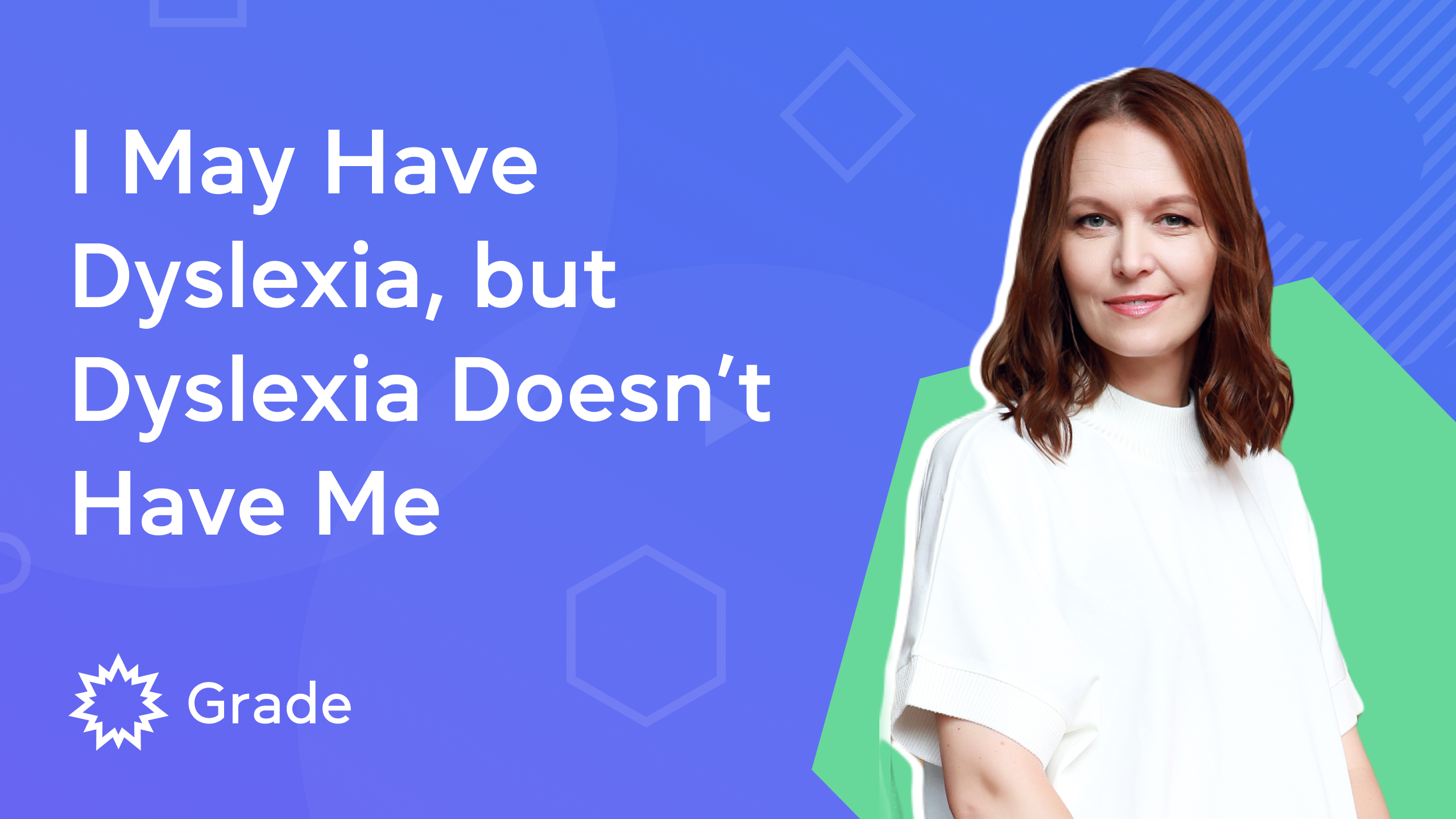7 Strategies For Teaching Writing In The Classroom
I May Have Dyslexia, but Dyslexia Doesn’t Have Me
This is a Free Video. Please register to watch it.
About the Video
Level
New to TEFL/TESOL, Experienced
Your Students
Young learners
Format
webinar
All children learn and develop at their own pace. It’s common for them to find reading challenging at one point or another. But if learning to read becomes an ongoing struggle, it’s possible that a child has a learning disorder known as dyslexia. Dyslexia affects a child’s ability to recognize and manipulate the sounds in language. In this webinar, we are talking mainly about reading and writing, reading programs which are really effective and popular in Europe and the USA. We are also talking about ADHD which often occurs with dyslexia. For dyslexic students, any test or exam is always a stress. In this webinar, we discuss the special requirements made by Cambridge English for dyslexic students. Do they have any extra time? Can they use the spellcheck? Can someone read the tasks for them? Any extra breaks? We will answer these questions and try to dispel the myth that English exam is impossible for dyslexic students.
Keywords
- Teaching YL
- Teaching teens
- Teaching grammar
- Teaching vocabulary
- Teaching reading
- Teaching writing
- Inclusive education
Speakers
Who is this Video for?
- teachers who work with YL and pre-teens
- teachers who work with children with dyslexia
- eachers who would like to differentiate instruction to meet the needs of every learner
- teachers who would like to build inclusive learning environment in their classroom
Other Videos for you
- 4 minutes
-
IELTS teaching materials, resources and lesson plans
8 minutes -
Developing Reading Skills in Young Learners: Interactive Methods and Games
5 minutes -
Engaging Games to Practise Parts of Speech
6 minutes -
Balancing Accuracy and Fluency: What Every ESL Teacher Should Know
6 minutes -
Common challenges students face in speaking English and how to overcome them
7 minutes

